The ultimate goal of any business is to generate sales, but in this increasingly fierce competition, a traditional eCommerce marketing strategy might not operate as effectively as you expected. Moreover, it might be challenging to decide on which marketing tactics you should utilize and how to implement this approach in an effective way. Therefore, we have prepared for you the most updated and actionable practices with straightforward acquisitions of how you can leverage the marketing plan at your online store.
What is eCommerce marketing?
eCommerce marketing is the practice of using promotional tactics and strategies to drive traffic to your online stores and convert traffic into paying customers. A sound marketing plan is essential to any eCommerce store in order to build brand awareness, attract potential consumers and ultimately, drive more sales to your store. eCommerce marketing applies to both customer acquisition (getting new customers) and customer retention (retrieving old ones).
eCommerce marketing channels
eCommerce marketing spans virtually all digital marketing channels that we have long been acquainted with. We will go through all most-used eCommerce marketing channels you can utilize when executing your marketing plan:
1. Social media marketing
Social media marketing (SMM) is a form of internet marketing that utilizes the use of social media networks, such as Facebook, Instagram, and Twitter to promote your company’s product.
Traditionally, this marketing tool is mainly used for distributing content to generate traffic to websites, but social media has evolved to provide businesses with more comprehensive marketing tactics, such as video, storytelling, live stream, and many more. One of the most praised SMM tactics that are broadly adopted recently is to distribute shoppable posts on social media platforms. Shoppable content posts allow marketers to use, mostly, compelling images with actionable purchase points so that customers can easily make a purchase when browsing social network sites. This is an innovative social media marketing technique to bridge the gap between browsing and buying.
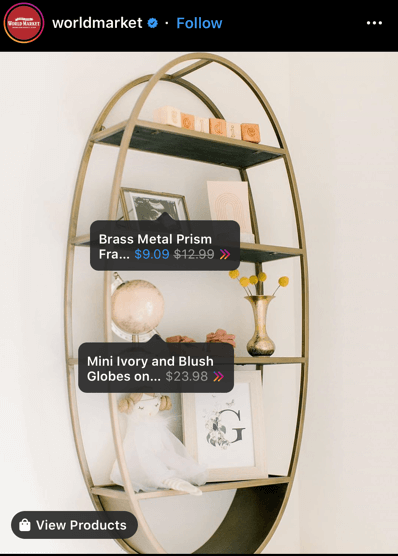
One of the most obvious advantages of social media marketing is that it can reach out to a broad range of audience base with all groups of ages, genders, occupations, and hobbies, so SMM can be considered as the one-size-fits-all marketing channel for all businesses. SMM is favored by marketers as it gives them a myriad of available tactics thanks to its flexibility to engage and directly connect with target consumers.
It’s not a secret that social media marketing has long grown to be one of the most popular means of marketing, for both brick and mortar and online businesses. Small and medium-sized businesses, large enterprises, and world-recognized brands are hopping all over trending social networks to connect with their audience.
2. Content marketing
Content marketing refers to the process of creating and distributing relevant, valuable, and engaging content to educate and attract a clear target audience, and ultimately to convert them to make a purchase at your store. There are many channels that content marketing can be applied to, such as social media, blogs, landing pages, podcasts, print publications, and more.

In the eCommerce space, content marketing is considered the best means to distribute your product to the audience, as a highly relevant and comprehensive content marketing strategy will ensure other marketing channels become successful in parallel.
Aside from converting leads to customers, content marketing can be a golden weapon to deliver educational content, through all distribution mediums, and also, drive organic traffic to your site, which is enormously beneficial to your site’s SERPs. In the age of inbound marketing, where customers voluntarily come to you after learning about you and your brand, content marketing is definitely the game-changer that can appeal to potential customers to visit your site in a natural, non-disruptive way.
3. SEO
Apparently, we can’t talk about eCommerce marketing without mentioning SEO. Search Engine Optimization (SEO) is the practice of optimizing your store website to make it rank higher in search results pages, such as Google, Bing, etc. When people search for a specific product or keywords related to your product and services, SEO will help you rank your page in a higher position, making it more appealing to users and thus, increase the chance of getting more traffic to your site.
Why does SEO remarkably matter to eCommerce marketing? Nowadays consumers have a preference of searching for solutions and product recommendations on Google with the hope of solving their pain points. They are looking for product options, comparisons, tips and tricks, guidelines, and many more to help them make a better decision. That’s where eCommerce SEO comes in. It leads potential customers to your well-informed content and quality products, provides them with solutions, and ultimately, persuades them to make a purchase at your online store.
Therefore, optimizing your eCommerce site for a better SEO is always one of the top priorities of any marketing strategy. Normally, SEO involves three main practices—on-page SEO, technical SEO, and off-page SEO.

eCommerce SEO provides you with a natural way of reaching your target audience without paying for ads, and bear in mind that taking people to your online site is the first but most essential step in order to convert them and drive sales.
Read more:
Magento SEO Checklist: How to Get On Page One
4. Pay-per-click (PPC)
Pay-per-click (PPC) marketing channel, also known as paid search traffic, refers to all website traffic that comes from paid ads on search engines. Though the PPC marketing channel can cost you a much larger amount of money compared to other methods, you can be guaranteed that your product and store website will reach specific target customers. There are many different PPC ads networks, such as Bing Ads and Amazon Advertising, but at this moment, the two channels that are most used for paid ads campaigns are Google and Facebook.
Google Ads gain a reputation as the easiest channel to use and for many marketers, the primary source of all PPC advertisements. Google PPC guarantees that your paid ads will appear at the top of search engine results, meaning that potential buyers will see your page first when they enter search terms that match your ads campaign. However, remember that as you need to pay for Google each time a user clicks on your link, your conversion rate should be high enough for a good ROI. Otherwise, your might overspend your marketing budget without winning any real customers.
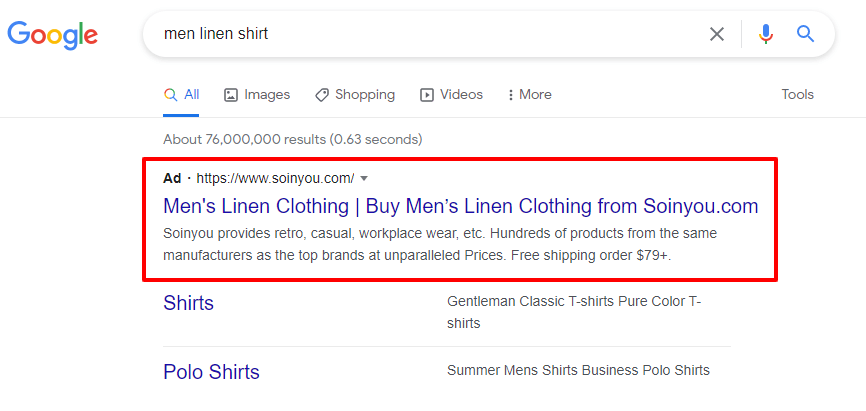
Along with Google, Facebook is also becoming a dominant paid marketing channel, with around 2.8 billion monthly active users. Facebook Ads is believed to provide the best return on investment (ROI) due to the fact that Facebook advertising proposes an enormous customization potential. It’s not a secret that the platform contains a lot of personal information about its huge number of users, so it’s entirely possible for you to target your FB ads based on certain features, including gender, age, marital status, career field, interests and many more. Another great point of Facebook Ads is that it lets you define how much you want to spend with a variety of formats, such as the overall amount, your daily budget, and your cost per result.
5. Email marketing
Email marketing refers to commercial emails you send to your “email subscribers” – contacts in the email list that have given permission to receive emails from you. This is a traditional and low-cost yet effective marketing method to promote, inform, drive sales and raise awareness of potential as well as frequent customers about your brands and products.
Modern email marketing has left the traditional mass mailings method behind and instead focuses on engaging content and personalization. Email marketing comes in many types, either promotional (post-purchase follow-up, abandoned shopping cart mail, etc.) or informational (newsletter, announcements, etc.) to fulfill a specific purpose.

Though email marketing has been there for a long period of time before the boom of eCommerce, it still holds a specific value in the world of eCommerce marketing. Email automation along with subscriber personalization techniques can help you effortlessly set up a certain email campaign for specific customer groups that are segmented by interest or by their customer journey. There are many Email Service Providers (ESP) that can help you to do that and achieve a great email marketing goal for a reasonable fee per month.
6. Video advertising
Video advertising is a means of eCommerce marketing that uses videos to promote and market your product or service, normally on your digital and social channels. This marketing strategy is growing popular as it can help you to increase visitor engagement and reach your audience with a new medium, which might broaden your customer base. By 2021, online videos are forecasted to make up more than 80% of all consumer internet traffic, proofing that this marketing strategy must be included in your eCommerce marketing plan as soon as possible.
There are almost countless video marketing types for you to employ in conjunction with your marketing funnel, from brand videos, FAQs to instructional videos and more. Simply having video content on your site can help boost up the ranking on search engines, and of course, you can upload your videos on other social and marketing channels to drive more organic visitors.
7. Affiliate marketing
Affiliate marketing is the process when a network of affiliates or referrers drive traffic to your online store and get paid for each sale they made. As the popularity of social networks has continued to grow, this marketing method has at the same time become a great sale channel for many online stores, because merchants can decide their own commission rates, and they only have to pay when a sale happens at stores. Moreover, a new eCommerce might face challenges to build up brand awareness and generate sales, and an affiliate marketing program is a smart channel to quickly and affordably drive more traffic while not paying a dollar upfront.
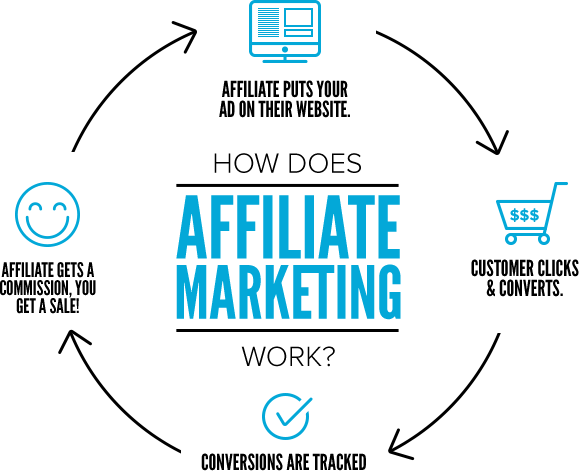
Most affiliates share common characteristics to ensure that their audience will be receptive to purchasing your products, but still, there are several different affiliate marketing channels that you may leverage, including influencers, bloggers, paid sites, email lists, and well-known media channels.
eCommerce marketing best practices
1. Leverage email marketing
As we have stated above, email marketing is one of the most powerful eCommerce marketing channels to not only make new sales but to generate repeat customers as well. There’s no wonder why leveraging email marketing will be the first practice that we want to introduce you to.
The first step to winning an email marketing campaign is to capture as many quality email subscribers as possible. Get started with email marketing by actively promoting your newsletter on blogs, social media channels and making an effort to lure customers to sign up for your email list from the website and product page.
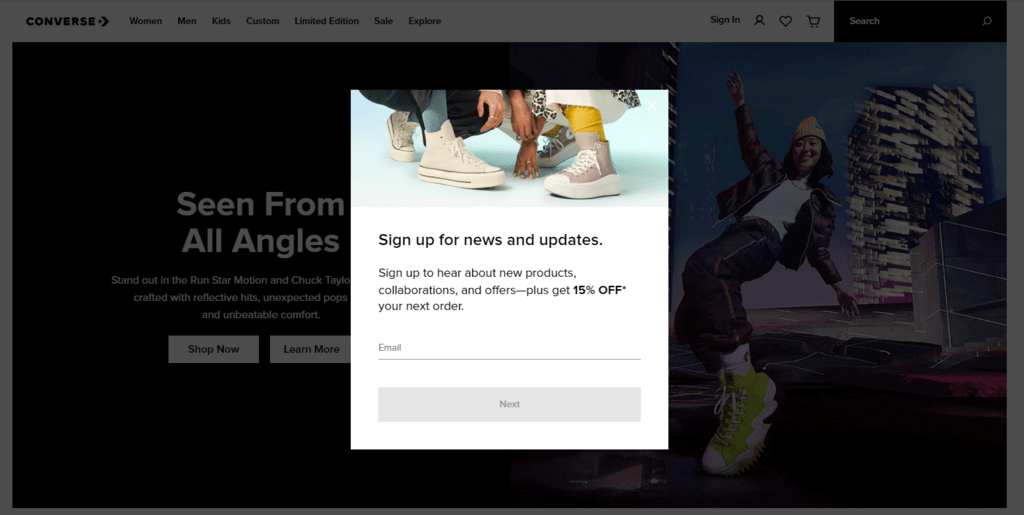
However, capturing customers’ email is not enough to win your email marketing campaign. In fact, what you send them and what they can gain from your email is much more important. Along with sending out weekly or monthly newsletters, there are some occasions that your emails might be welcomed more, such as exclusive codes and free gifts, campaign reminders, thank-you emails, or asking for feedback.
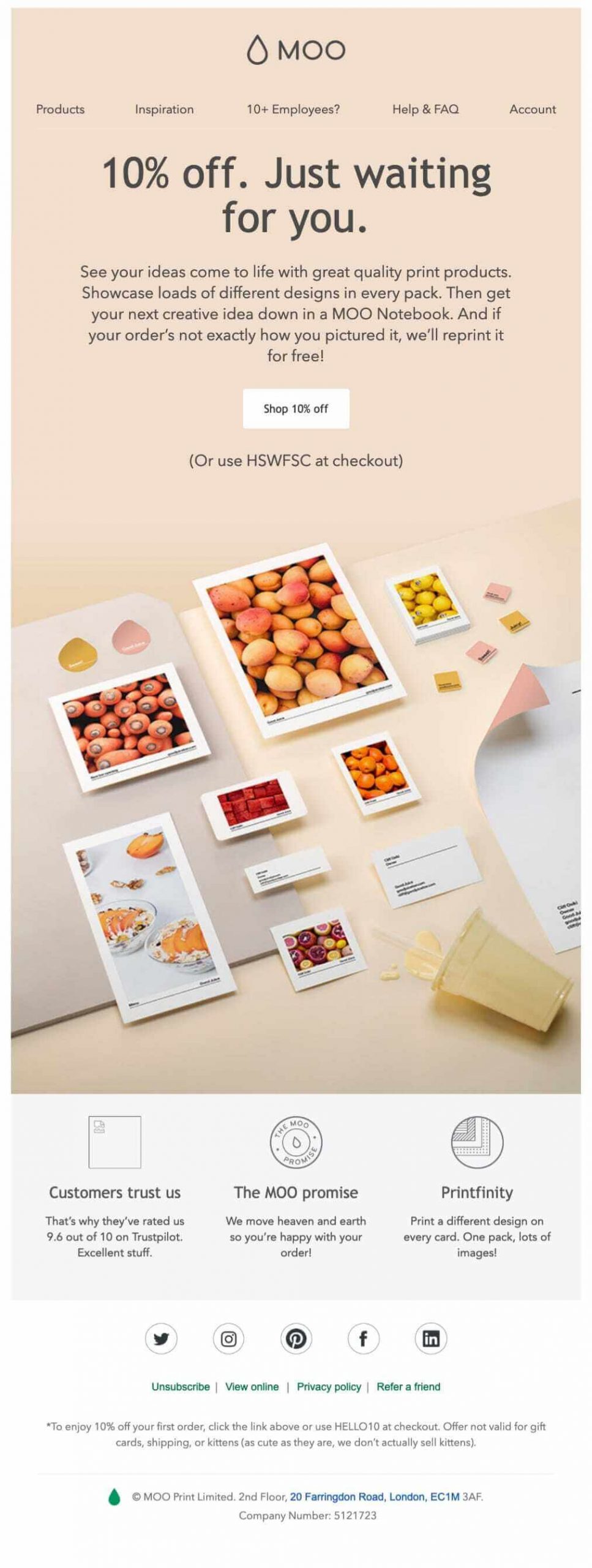
More than that, email marketing can be an effective weapon to follow up on customers who abandon shopping carts at your online store. Customers might abandon their cart without making a purchase for various reasons, but it’s worth noticing that they could be persuaded to change their minds and return to your online store to complete orders. Sending an email to remind customers of their carts and how they want to purchase them in the first place can do you and your store wonder.
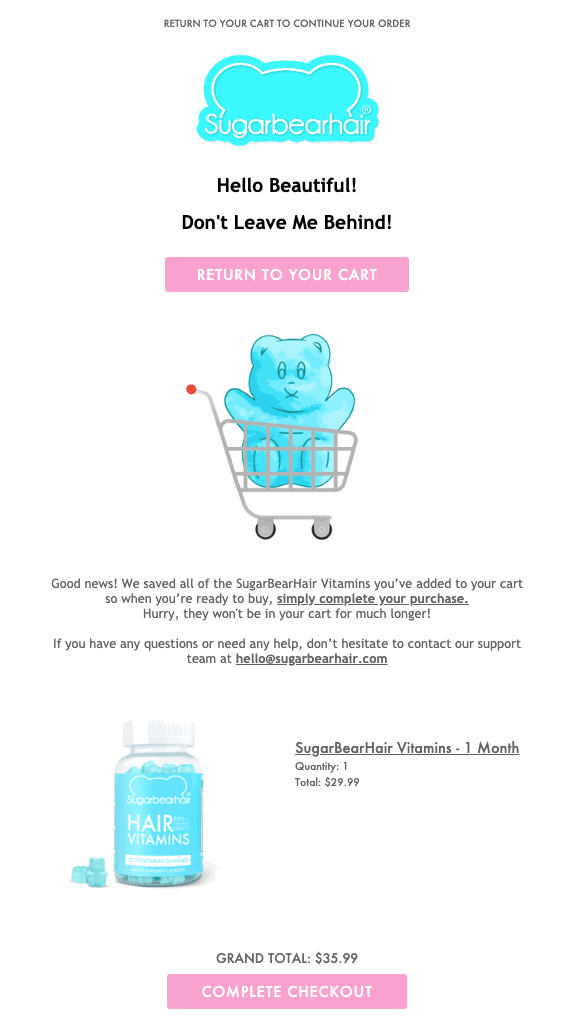
Email marketing strategy has once again proved its power, and leveraging this traditional and oftentimes overlooked method at your eCommerce store might bring more benefits than you thought of.
2. Make use of user-generated content
User-generated content (UGC) is a marketing method that lets your customers promote and market your business and product for you. UGC can take many forms, as long as the content is authentically produced by your customers. This method helps you to drive traffic to your store without spending a huge cost, and it builds an authentic source of customer feedback to help users believe in what you offer.

(Source: Terakeet)
Building user-generated content can cost your brand some time and effort, such as arranging a competition, or it might be as simple as utilizing social media hashtags under your brand name or using the ready content from review platforms. No matter which method you decide to choose, it’s highlighted that UGC should be updated frequently and arranged beautifully on your store website to make sure first-time visitors can acknowledge and hopefully remember your brands.
ASOS used to have a selection called #AsSeenOnMe, in which customers can upload images of their outfits from this fashion brand, and the ASOS team will select the top one to appear on the main page.
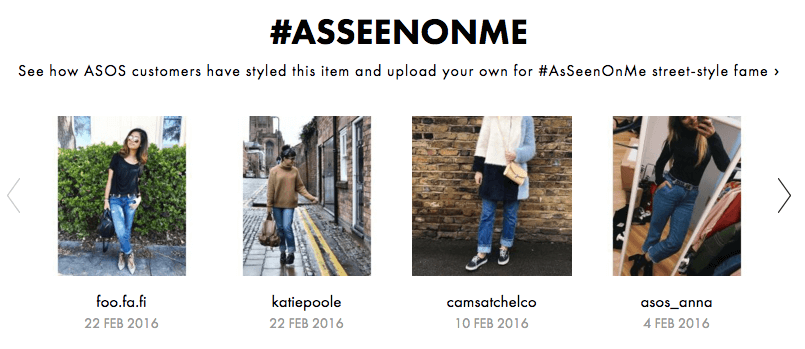
3. Personalization is key
Another best practice in eCommerce marketing you can utilize to drive more sales is to embrace personalization. Using behavioral data and customers’ past purchases and actions, it’s entirely possible to deliver personalized experiences to them. For eCommerce, this marketing technique means tailoring your available marketing material and proposing the most relevant content to each customer group, even for first-time visitors, by analyzing and making use of all information you can observe about their behaviors.
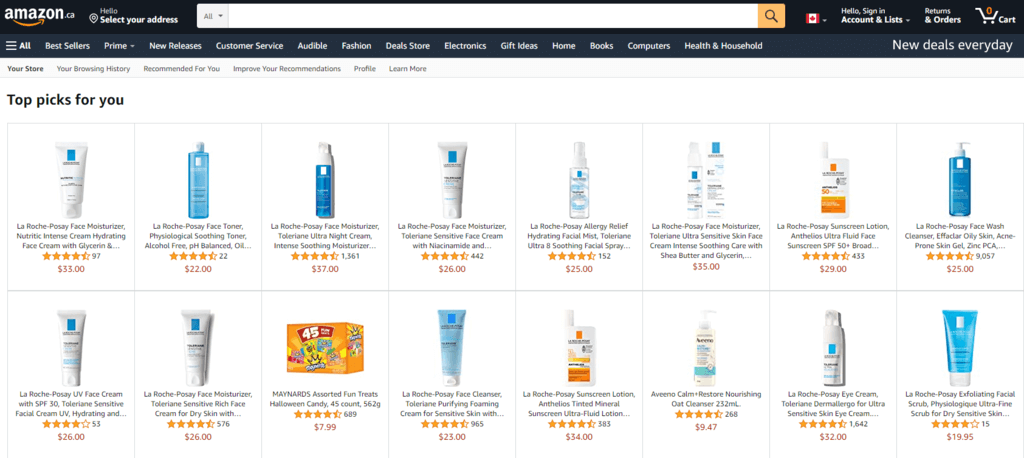
Personalization can happen in many forms, from simply including prospect customer names in the subject line of an email, to providing them with smart content along their eCommerce journey. Rather than welcoming users with a generic landing page or a bulk product recommendation that is not appealing to them, personalized marketing can help you take customers to exactly where they want and show them the most related items based on their previous actions, or by identifying the source where they come from.
4. Upsell your products
Upselling is a common marketing technique in retail, in which you persuade customers to buy a more expensive or upgraded version of their purchased items or to upsize these items. The arguably biggest benefit of introducing upsell is that it helps increase the average order value, and for many businesses, the cost of upselling is normally much lower compared to acquiring a new customer.
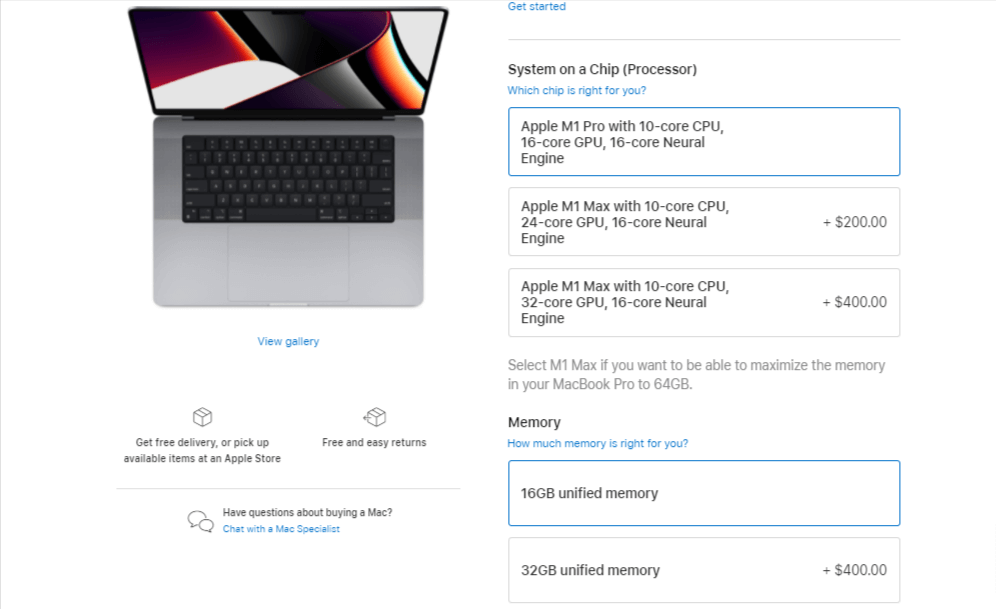
When implementing this marketing technique at your online store, remember to take into consideration your customers’ essential needs and the budget they are willing to spend. If your upselling products are exactly what customers are in need of, a surprisingly high total price might let them down. Also, be sure that the new recommended product is a discernibly better fit that is worth the additional cost they have to pay.
5. Evaluate market demand
If you want to expand the product line at your eCommerce store, it’s essential that you test the market demand before actually launching these products. Evaluating market demand means analyzing the viability of your product and determining if there is a market demand for it so that you can anticipate future sales as well as prepare your inventory for these items at your store.
There are a variety of approaches that you can rely on, such as keyword research, social media trends, or local and global preference. One straightforward approach you can try to test the market demand within your own customer base is to pre-sell items on your Commerce channels and gauge the attention of users on these products. Desired items will receive more back-in-stock notification requests, and you can decide if this product is worth selling or not.
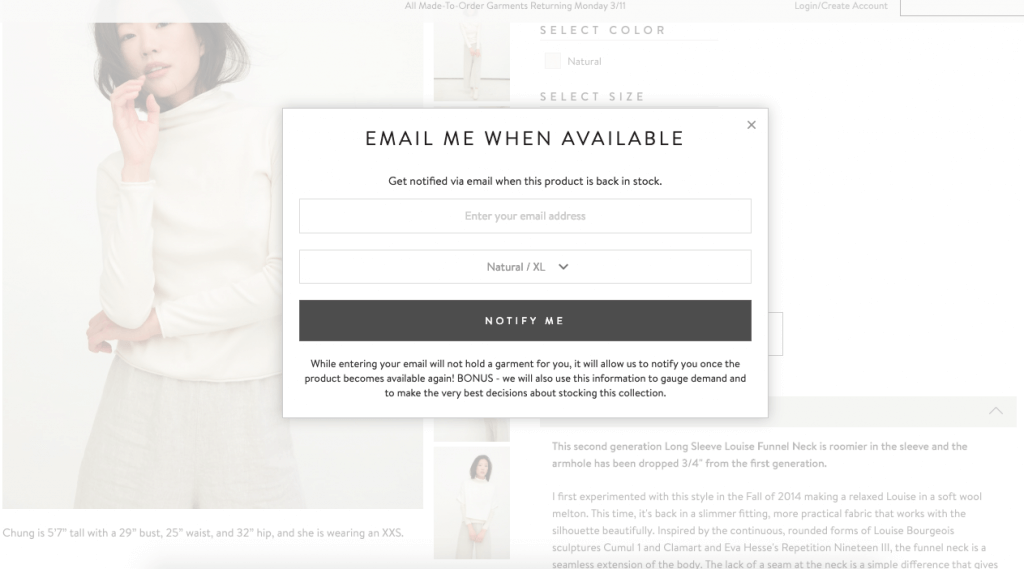
6. Integrate loyalty programs
A loyalty program aims at turning your visitors into long-term customers by proposing incentives for those who continue to make purchases at your store. The ultimate goal behind this program is to motivate repeat purchases and gain customers’ trust. Building a loyalty program might take you a lot of time and effort, but the fact that this marketing practice can help you increase repeat purchases, boost retention rates, and more customer referrals really pay off.

There are many rewards programs you can adapt for your eCommerce store:
- Point-based loyalty: This is the most common type of loyalty program. Customers accumulate points from purchasing products and they can redeem for free gifts, discount codes, and more.
- Tiered loyalty: In this membership type, customers get different discounts depending on their ranks.
- Paid loyalty: This loyalty program is getting more popular recently. In paid loyalty, customers pay a membership fee upfront for great benefits they can use all the time.
When building a loyalty program for your eCommerce store, remember to diversify the ways customers can receive rewards for their “loyalty”, be it through promotional offers, limited codes, special gifts, or discounts. Also, you can expand your reward program to engage social media activity or referral programs, instead of the traditional method of prompting customers to purchase more from your store.
7. Engage live chat
One of the best ways to close the gap between online and in-store shopping is to utilize live chat as a virtual assistant to support and engage customers on your site. There are many automated live chats that can answer FAQs on certain product pages or target customers after they have been browsing your site for a certain length of time, which help you to assist visitors without worrying about high employee cost. Better than that, live chat also enables you to communicate directly with customers and play the role of a store assistant to give advice and address any concern customers might have when they are about to make a purchase at your store.
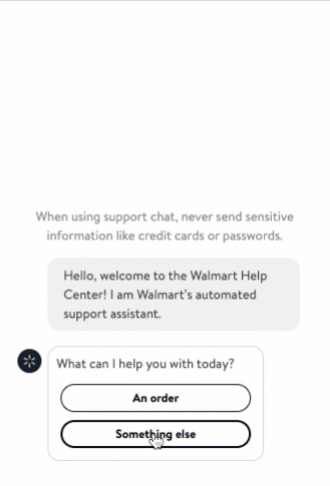
Live chat is crucial to resolve any issues on time, without letting prospects wait for a reply or support through emails, and an excellent customer service team working through live chat can apparently drive more sales and greatly boost up the cross-sale rate at your store. This marketing tactic is a high-impact method to engage with site visitors and assist potential customers coming to your store.
8. Implement retargeting strategy
We all agree that it takes more than one engagement before customers decide to make a purchase at your eCommerce store. So how to make them come back and become loyal customers? That’s where retargeting, or remarketing comes to play. This marketing strategy is so powerful because it allows you to follow your leads around the internet and display ads to them with the intent of driving them back to your site until they make a purchase.
However, this retargeting strategy can only succeed if your ads are as specific and relatable as possible. Make sure the ads you display around your customers contain enough information that they are looking for and are engaging enough to allure them back to your site.
9. Optimize eCommerce funnel
Ecommerce funnel represents the process or the overall path customers take from being aware of your business to returning after making a purchase at your online store. There are five stages involved, namely awareness, interest, decision, action, and retention, and each stage in the eCommerce funnel is concerned with a customer’s stages of interest in your brand.
The marketing funnel helps you to understand how prospective customers are interacting with your website and your brands, and therefore, optimizing the eCommerce funnel can make it easier in converting leads and achieving sales goals.
10. Ensure a seamless shopping experience
It’s expected that by 2021, 72% of online shopping will be happening on mobile devices, meaning that optimizing your store for mobile is no longer a choice, it’s a must. Therefore, ensuring an excellent shopping experience across devices has become the top priority of many retail businesses for the past few years.

To ensure a seamless shopping experience, you will need more than having a responsive design. You have to make sure visitors accessing your online store from all devices can experience an excellent experience that’s been optimized for that specific device. You can achieve that by optimizing all elements on your site, such as bigger navigation buttons, reformatted content and image. Investing in PWAs might be a smart decision to help you achieve all of that in an effortless way.
Conclusion
We all know that the eCommerce industry is thriving, and at the same time, becoming more competitive than ever. We hope that these most-updated best practices can help you win your sales goals with the best eCommerce marketing strategy.

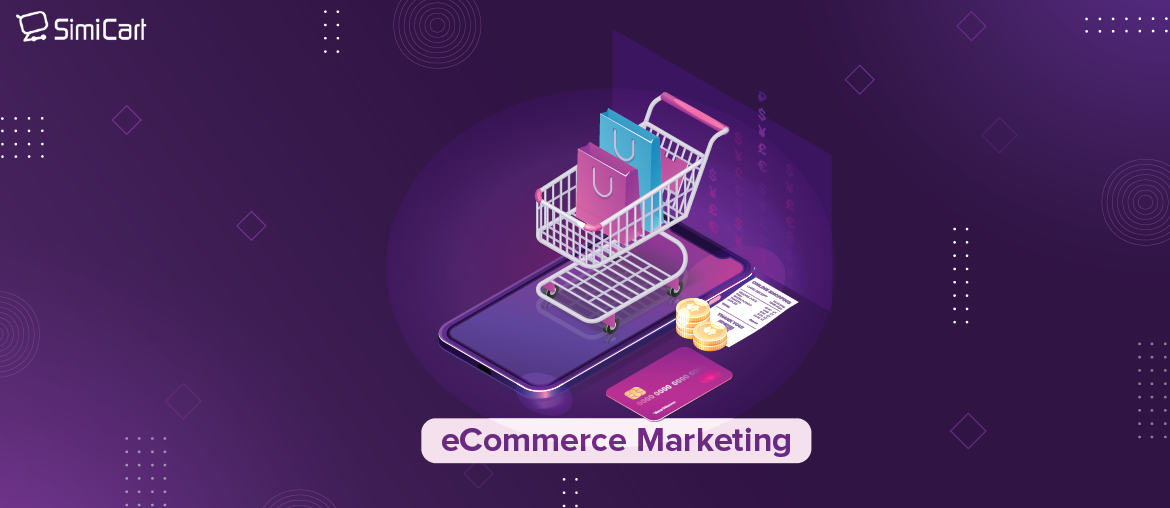



A very informative blog on eCommerce Marketing. You have covered some interesting e-commerce channels with social media, SEO, and other digital marketing channels to promote the products, services, and content to create awareness.
It provides suggestions on the Best Practices to Drive Sales for e-commerce marketing, which is extremely beneficial to all e-commerce organizations in terms of marketplaces.
Another benefit of GetProspect tool is its LinkedIn lead generator. It can be downloaded as a Chrome extension and greatly contributes to a marketer’s operation. GetProspect evaluations cite this as a major benefit. This tool lets you extract emails directly from websites and LinkedIn. Moreover, this service can help you improve your sales and marketing processes by creating an organized sales funnel.
I really like your thought behind the article and the best point I think it is super valuable for 2023 is Affiliate marketing. Most businesses are improving and looking for better e-commerce customer journey tools for 2023 and Affiliate can be a better option because it comes with the authority of the website.
Thank you for sharing the valuable blog. This list is perfect for all types of e-commerce businesses whether is it omnichannel vs multichannel.
As someone actively engaged with ClothingRIC.com, a coupon codes website, I firmly advocate for the indispensable role of implementing a robust ‘discounts and coupons’ strategy. This approach stands as a cornerstone for businesses seeking to not only attract but effectively engage and retain customer interest.
Navigating the ever-evolving landscape of eCommerce in 2023 demands a strategic approach, and the guidance of a digital marketing agency is paramount. With a finger on the pulse of the latest trends, these agencies specialize in crafting eCommerce marketing strategies that drive sales. From personalized customer journeys to leveraging emerging technologies, a digital marketing agency ensures that businesses stay ahead in the competitive online marketplace. Partnering with experts in the field becomes not just a choice but a necessity to implement the best practices that resonate with the digital-savvy consumers of 2023, ensuring sustained growth and success in the eCommerce… Read more »
Navigating the ever-evolving landscape of eCommerce in 2023 demands a strategic approach, and the guidance of a digital marketing agency is paramount. With a finger on the pulse of the latest trends, these agencies specialize in crafting eCommerce marketing strategies that drive sales. From personalized customer journeys to leveraging emerging technologies, a digital marketing agency ensures that businesses stay ahead in the competitive online marketplace. Partnering with experts in the field becomes not just a choice but a necessity to implement the best practices that resonate with the digital-savvy consumers of 2023, ensuring sustained growth and success in the eCommerce… Read more »